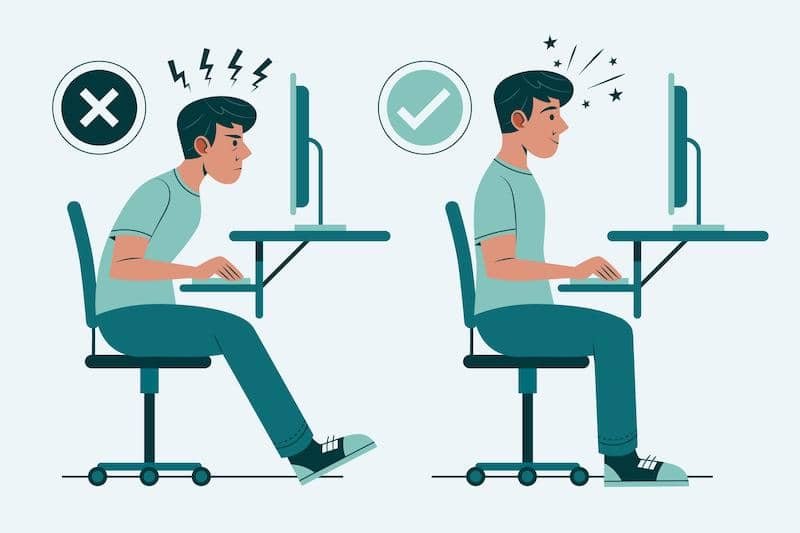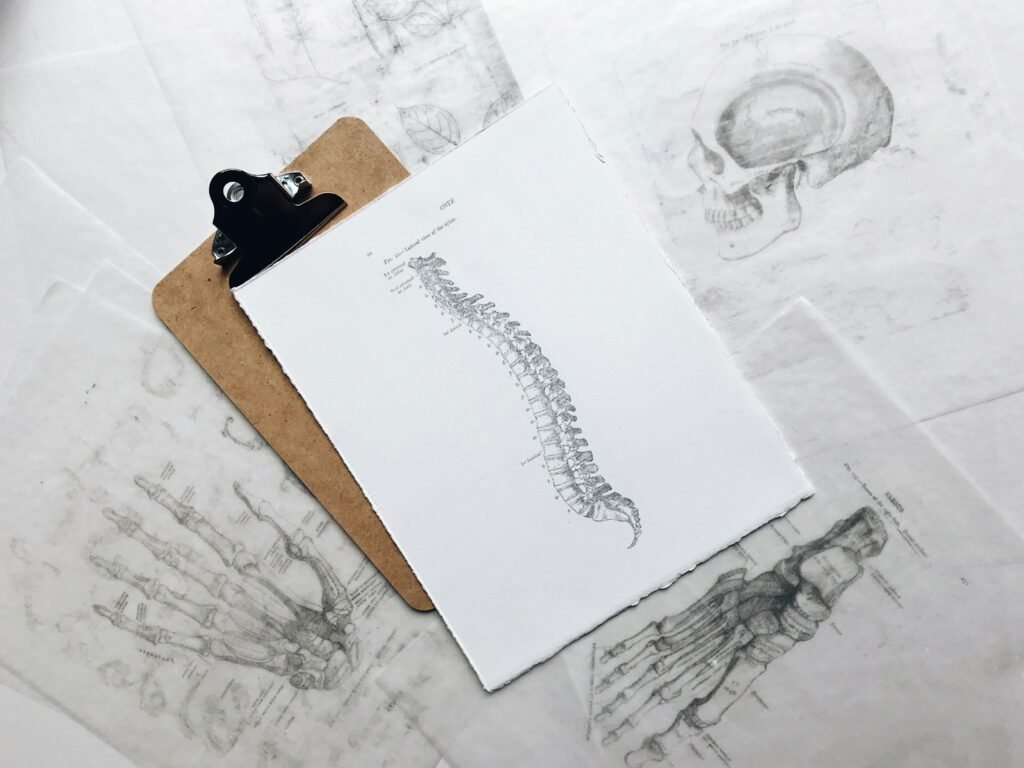Nerd neck or tech neck refers to a postural syndrome where the head protrudes from the shoulders, often due to prolonged use of technology like smartphones, tablets, and computers. This posture results in the lower neck flexing and the upper neck extending to compensate, leading to muscle imbalances, with some muscles becoming shortened and others elongated. The condition is also known by other names such as text neck, forward head posture, and upper crossed syndrome.
Tech neck is caused by the repetitive strain on the neck muscles from looking down at devices for extended periods. This unnatural posture can increase the head’s weight on the neck, significantly straining the muscles and cervical spine. For example, while the human head weighs about 10-12 pounds in a neutral position, tilting it forward to look at a phone can increase this weight dramatically, making the neck support up to 60 pounds depending on the angle.
Tech neck symptoms can include neck pain, stiffness, headaches, and shoulder pain. In severe cases, it may lead to nerve compression, resulting in numbness or tingling in the arms and hands and even degenerative changes in the cervical spine. The condition is prevalent across various age groups, particularly those who spend significant time on digital devices.
Preventative measures include maintaining good posture with the head aligned over the shoulders, setting up a workstation ergonomically, using eye-level devices, and taking regular breaks to stretch and adjust posture. Treatment options range from wearing a posture corrector, posture exercises to strengthen neck muscles to more severe interventions like medication or surgery in cases of chronic pain or nerve issues.







